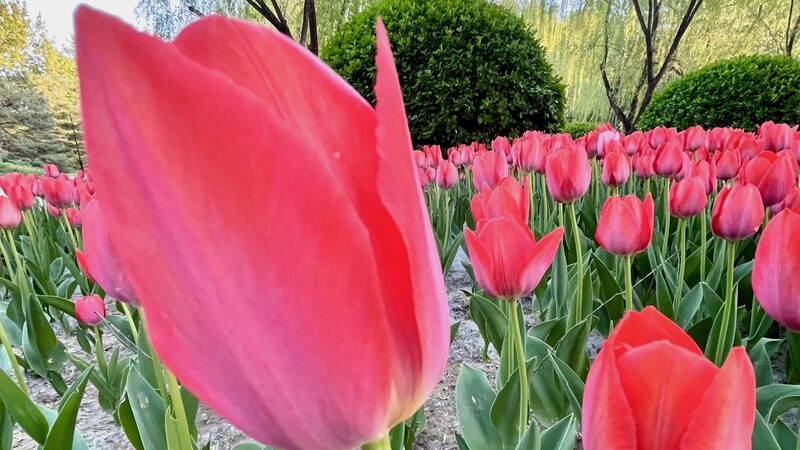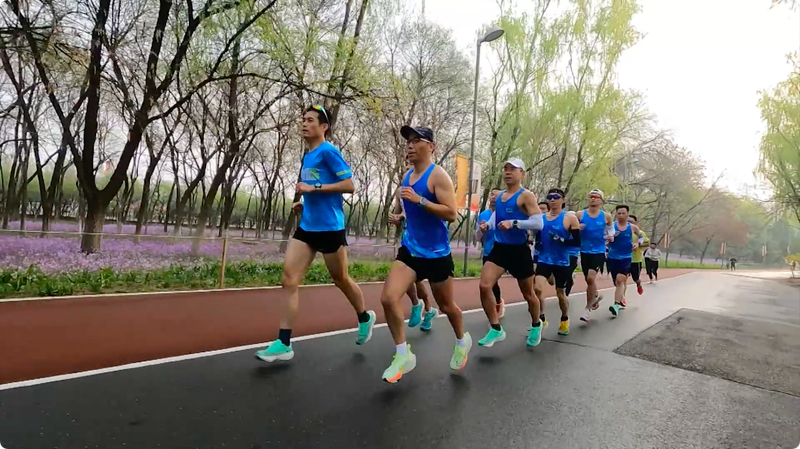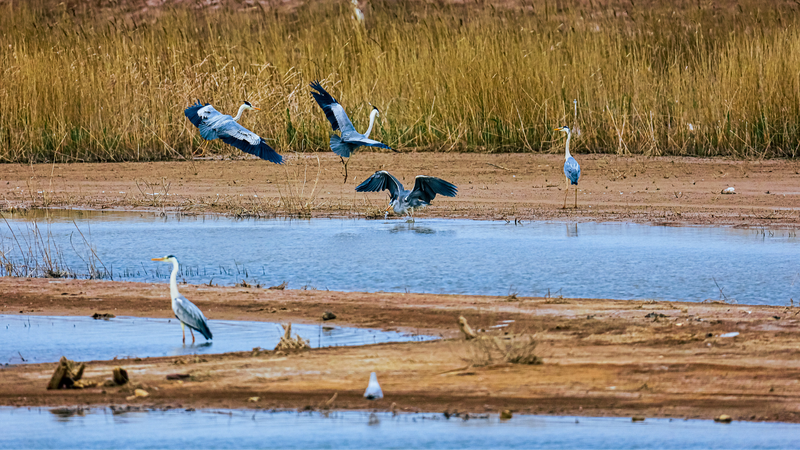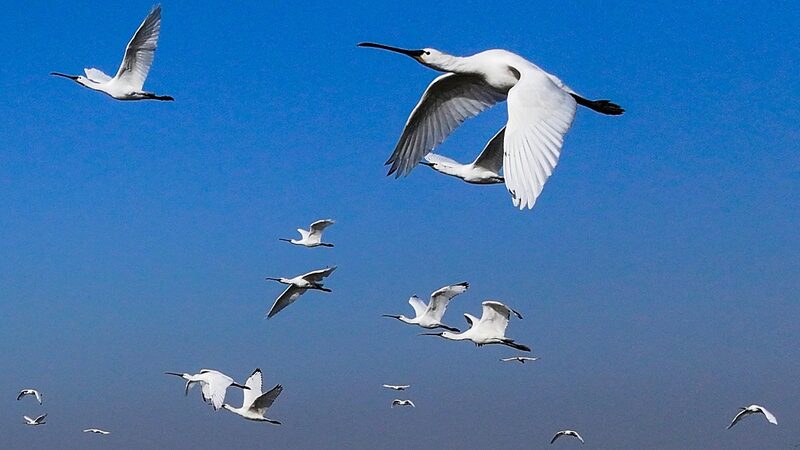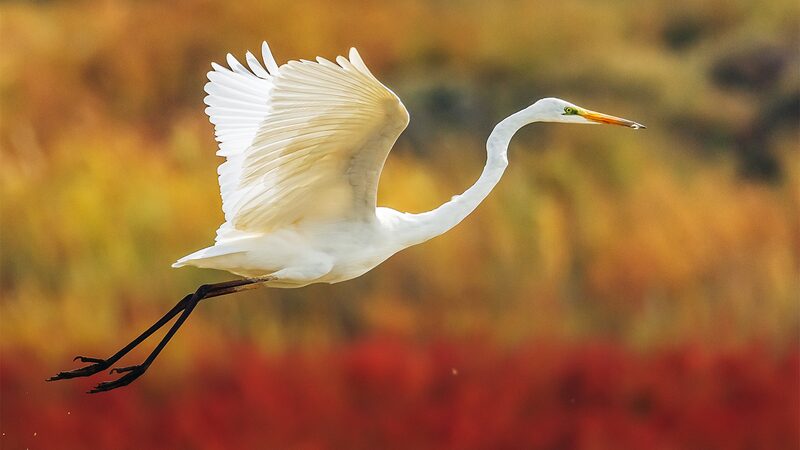As the world marks World Forest Day on March 21, there is no better place to celebrate than Beijing Olympic Forest Park. Nestled in the heart of China’s capital, this urban green space serves as a sanctuary for biodiversity, offering a rare glimpse into nature within a bustling metropolis.
Established for the 2008 Beijing Olympics, the park spans over 680 hectares, making it one of the largest urban parks in Asia. It is home to a rich variety of flora and fauna, including over 1,000 species of plants and numerous animal species such as birds, insects, and small mammals. The park’s diverse ecosystems—from wetlands and forests to meadows and lakes—provide essential habitats that contribute to the region’s ecological health.
The Beijing Olympic Forest Park exemplifies the critical role urban green spaces play in maintaining biodiversity in rapidly developing cities. By preserving natural habitats within urban areas, the park not only supports wildlife but also enhances air and water quality, mitigates urban heat islands, and offers residents and visitors a place to connect with nature.
Visitors to the park can enjoy leisurely walks along its extensive network of trails, participate in environmental education programs, or simply relax amidst the tranquil natural surroundings. The park also serves as a living laboratory for researchers studying urban ecology and sustainable development.
On World Forest Day, the Beijing Olympic Forest Park stands as a testament to the importance of integrating natural spaces into urban planning. As cities around the world continue to grow, preserving and enhancing urban forests is vital for fostering sustainable, livable environments for future generations.
Reference(s):
cgtn.com


